Harper Perennial
With the support of the publisher, Shelf Awareness celebrates the 50th anniversary of Harper Perennial. The stories were written by Shannon McKenna Schmidt and John Mutter.
With the support of the publisher, Shelf Awareness celebrates the 50th anniversary of Harper Perennial. The stories were written by Shannon McKenna Schmidt and John Mutter.
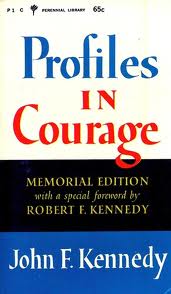 Launched in 1964 as the Perennial Library, what came to be known as Harper Perennial made its debut with eight bestselling titles in low-cost, pocket-sized editions that had been originally published by Harper, including a "memorial edition" of Profiles in Courage by John F. Kennedy, Tomorrow Is Now by Eleanor Roosevelt, two books about Soviet Russia by John Gunther, Old Yeller by Fred Gipson, No Room in the Ark by Alan Moorehead, The Day Lincoln Was Shot by Jim Bishop and Only Yesterday by Frederick Lewis Allen.
Launched in 1964 as the Perennial Library, what came to be known as Harper Perennial made its debut with eight bestselling titles in low-cost, pocket-sized editions that had been originally published by Harper, including a "memorial edition" of Profiles in Courage by John F. Kennedy, Tomorrow Is Now by Eleanor Roosevelt, two books about Soviet Russia by John Gunther, Old Yeller by Fred Gipson, No Room in the Ark by Alan Moorehead, The Day Lincoln Was Shot by Jim Bishop and Only Yesterday by Frederick Lewis Allen.
From this fortuitous start, Harper Perennial and Harper Perennial Modern Classics have gone on to publish such literary giants as Harper Lee, Doris Lessing, Zora Neale Hurston, Howard Zinn, Barbara Kingsolver, Sylvia Plath, Gabriel García Márquez, Milan Kundera, Richard Wright and Thornton Wilder.
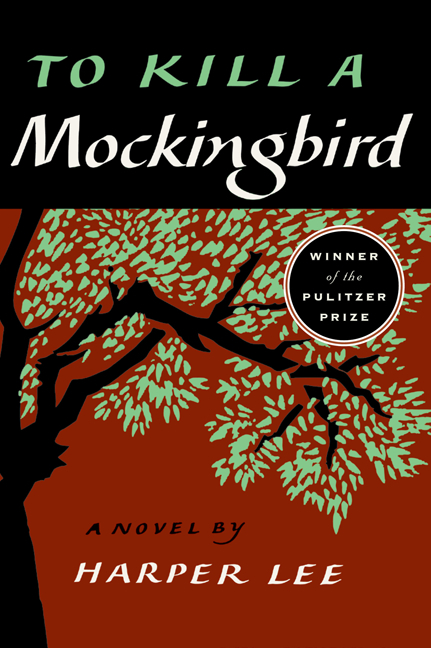
"Harper Perennial has published some of the most widely read, studied and lasting books of the ages," said Michael Morrison, president and publisher of HarperCollins U.S. General Books Group and Canada. "To this day, Harper Perennial's innovation in marketing, art and features such as our P.S. sections continue the excellence in publishing for today's readers."
In celebration of Harper Perennial's 50th anniversary the company is relaunching Olive Editions, pocket-sized limited editions of bestselling titles with hand-drawn cover illustrations, and launching Legacy Editions, a deluxe series of public domain titles all first released by Harper & Bros. in the United States, which include some of the most important books published in the 19th and 20th centuries. (See more about these two lines below.)
Among other components of the celebration: print and online advertising, social media promotion including an Olive Editions sweepstakes, and the launch of a 50th anniversary website. Promotional materials include an Olive Edition floor display and bookmarks and commemorative tote bags that were given out at BookExpo America, the fall regional booksellers association trade shows and Brooklyn Book Festival. On September 23, Harper Perennial hosted a celebratory event at Housing Works Bookstore Café featuring authors Roxane Gay, Kate Zambreno, Marcy Dermansky, Simon Van Booy, Darragh McKeon and Ben Greenman. They discussed their favorite classics from Harper Perennial's history, what makes great literature endure and what publishing might look like in the future.
Keeping backlist titles flourishing is a pivotal part of Harper Perennial's mission; so is discovering and championing new writers, like those published within its paperback original program.
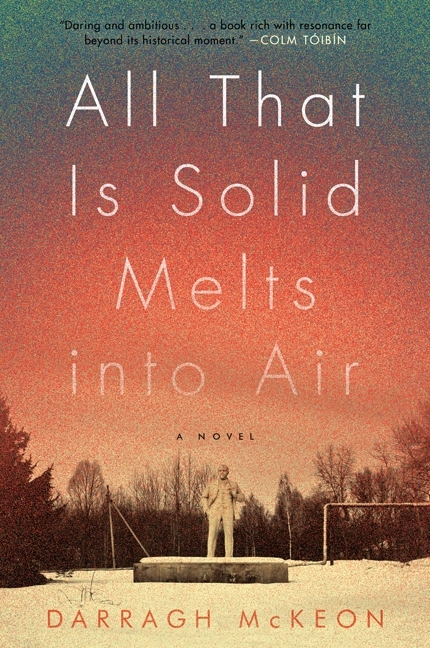
What makes the program distinctive? "I wish I could answer the way the bartender does in It's a Wonderful Life: 'We serve hard drinks in here for men who want to get drunk, fast,' " said Cal Morgan, senior v-p and editorial director. "Maybe it's something like that: We publish strong voices for readers who want to get challenged, fast."
During the past decade, some of the most talked-about authors have been the boldest, like Josh Kilmer-Purcell (I Am Not Myself These Days), Chad Kultgen (The Average American Male) and Kate Zambreno (Green Girl). The imprint's offerings include a diverse array of literary voices, including Simon Van Booy, Laura Kasischke, Adam Wilson and Darragh McKeon; nonfiction voices like journalist and war correspondent Kevin Sites; and poets such as Amber Tamblyn, whose forthcoming collection Dark Sparkler Morgan is "deeply in love with."
To Morgan, Salon.com's description of Harper Perennial as "innovative and exciting, but also traditional," is a huge compliment and reflects a dynamic inherent across the industry. "At the risk of a sounding like a corporate slogan-writer, in publishing, innovation is the tradition," he said. "What we all do--what Little, Brown does, or Riverhead, or Melville House, or Avon, all do--is look for new voices, people we haven't heard from before, who know how to stop you in your tracks with a story."
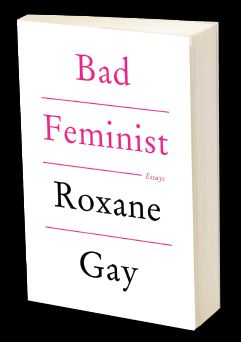
"In a way Roxane herself is the quintessential Harper Perennial reader: deeply engaged by both high and popular culture, drawn to bold voices, highly aware of the social contexts we live within--yet aware that, ultimately, the personal has as much power as the political," said Morgan.
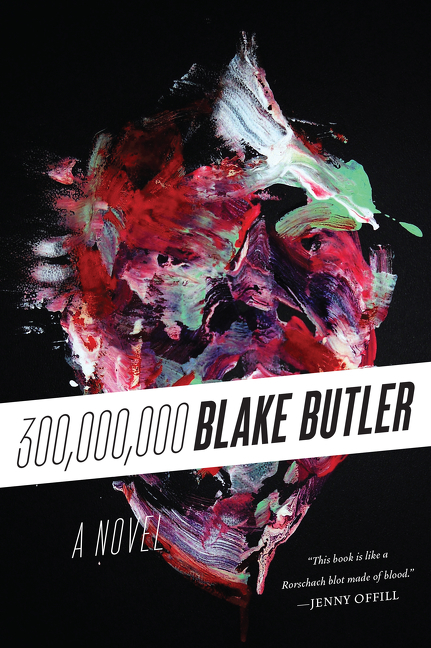 As with Gay, writers are often discovered through authors the imprint is already publishing. Morgan first learned of the essayist from Blake Butler, whose novel 300,000,000 goes on sale October 14. Also on the horizon for Harper Perennial is a rare hardcover publication, a collaboration with the creators of the popular podcast Welcome to Night Vale, slated for publication in 2015.
As with Gay, writers are often discovered through authors the imprint is already publishing. Morgan first learned of the essayist from Blake Butler, whose novel 300,000,000 goes on sale October 14. Also on the horizon for Harper Perennial is a rare hardcover publication, a collaboration with the creators of the popular podcast Welcome to Night Vale, slated for publication in 2015.
Whether feminist essays, classic fiction or the host of other titles Harper Perennial publishes, the ultimate goal is to match writers with readers. Although social media offers ways to do this directly, "ultimately it's booksellers and librarians--and don't forget reviewers--who put those carefully crafted words into readers' hands," said Morgan. "If it weren't for their hard work, we'd have no program to celebrate."
 |
|
| Olive Paperbacks display at Rediscovered Books, Boise, Idaho | |
"We're OBSESSED with the new $10 Olive Editions," tweeted Rediscovered Books (@RDBooks) in Boise, Idaho.
What inspired such a passionate comment are the Olive Editions, small-format, low-priced books similar to ones published by the Perennial Library when it launched in 1964. The eight classic and contemporary titles featured in the new line "offer a broad representation of the books we've published over the past 50 years," said Amy Baker, associate publisher, Harper Perennial and Harper paperbacks.
All of the Olive Editions are bestselling backlist staples: Telegraph Avenue by Michael Chabon, The Art of Racing in the Rain by Garth Stein, State of Wonder by Ann Patchett, The Financial Lives of the Poets by Jess Walter, The Monkey Wrench Gang by Edward Abbey, A Tree Grows in Brooklyn by Betty Smith, Native Son by Richard Wright and Under the Volcano by Malcolm Lowry.
Featuring eight books is an homage to the original list, which had the same number, and, in addition, was a decision made with visual impact in mind. "Each edition alone is attractive, but seeing these in a complete set is stunning," Baker said. "By publishing eight at once we hoped to send a clear 'collect them all' message."
Cover illustrations and type are hand drawn by art director Milan Bozic, who also selects the color schemes. "The idea is to illustrate the most basic component of each book in the simplest drawing style possible," he noted. "They're purposefully 'rough' to make them quickly relatable to the reader and also to make the series easily cohesive."
Harper Perennial first published Olive Editions in 2008, releasing a three-book set annually for four years. Traditionally it has been a limited-run series, and the same is true for the anniversary-year re-launch. Said Baker: "Get 'em while you can!"
Newly launched Legacy Editions is a celebration of Harper Perennial's rich literary past: the line features public domain titles, all of which were originally published in the United States by Harper & Brothers. "This is our campaign to republish, and reengage with, some of the books and authors who were part of our earliest history," said Cal Morgan, senior v-p and editorial director.
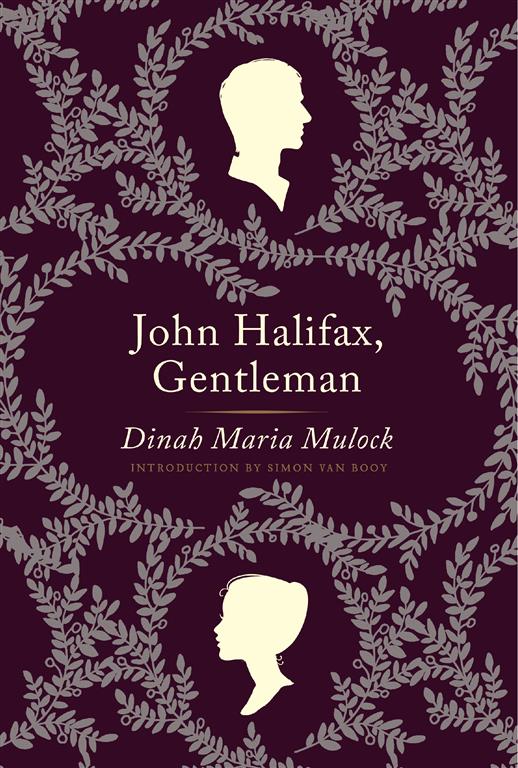 |
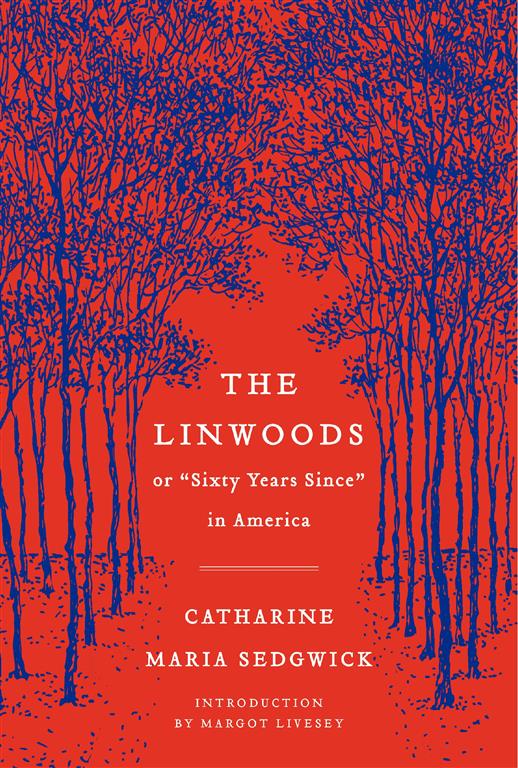 |
While Harper was the initial American publisher of Moby Dick, Jane Eyre and other eminent classics, Legacy Editions showcases numerous books that were very significant in their own time but are lesser known today. The inaugural titles are The Linwoods by Catharine Maria Sedgwick (1835) and John Halifax, Gentleman by Dinah Maria Mulock (1857). Each novel features an introduction by a contemporary writer, Margot Livesey for the former and Simon Van Booy for the latter.
In The Linwoods, Sedgwick, one of the country's most widely read authors from the 1820s through the 1850s, illuminates issues of civic virtue and national identity in the early American republic through the lives of two families: the Linwoods, dutiful loyalists, and the Lees, passionate revolutionaries.
The title character in John Halifax, Gentleman is an orphan determined to raise himself up through honest hard work in England's Industrial Revolution. Mulock explores the sweeping transformation wrought by this revolutionary technological age, including the rise of the middle class and its impact on the social, economic and political makeup of the nation as it moved from the 18th to the 19th century.
"These are books that can be read for their own native pleasures, but that also remind us how wide-ranging and politically engaged the women writers of that time were," said Morgan.
These revived classics can easily be shelved and handsold alongside Pride and Prejudice, The Scarlet Letter and Great Expectations, broadening the scope of readily available 19th-century literature. "We hope booksellers and librarians come to these titles with the same sense of discovery that we have," said Morgan. The goal is "to help readers discover more of the important, yet often underappreciated," historic books.
Each Legacy Editions title features a lush design and French flaps. The line will be published through 2017, when the company marks another milestone: the 200th anniversary of HarperCollins, which was founded as J & J Harper in 1817.
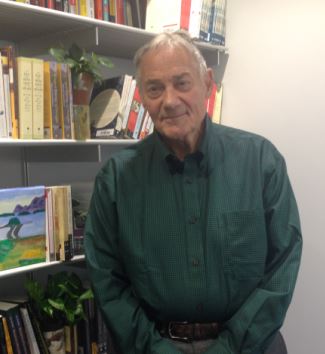 |
|
| Hugh Van Dusen | |
Legendary Harper editor Hugh Van Dusen was there at the dawn of Harper Perennial. He started his publishing career in 1956 as a "boy Friday" to Mel Arnold, the man who started paperbacks at Harper with Harper Torchbooks, which focused on reprints of scholarly books. In 1964, the Perennial Library followed--but only after a major glitch. "Harper had made a deal with Allen Lane, the formidable founder and head of Penguin in England, to distribute their books in the U.S.," Van Dusen said. The company prepared by hiring a sales force of 15, but at the last minute, Lane backed out of the deal. To have something for the sales force to sell, "Harper management decided to start a line on the model of Dolphin Books at Doubleday and Collier Books at Macmillan, both of them started by Leonard Shatzkin," Van Dusen continued.
Harper hired a colleague of Shatzkin, Bob Haynes, to run Perennial and the new sales force. In turn, Haynes hired as editor a former Dolphin editor, Tom McCormack, who, after several years at Harper, went on to a long, successful run at St. Martin's Press.
After its initial list of eight titles, Perennial published as many as 20 books a month that included staples from the Harper backlist, many of which had appeared in mass market editions. Mysteries and other genre fiction rounded the list out. In essence, Van Dusen recalled, "It was a mass market list without mass market distribution--that is, it was restricted to bookstores and did not include the drug stores and other non book outlets that were the meat and potatoes of the true mass market lines."
This caused financial problems that led the management of the company to propose shutting down Perennial, but longtime Harper publisher Cass Canfield Jr., who had started the Colophon Books line in 1962 and was a Harper board member, defended Perennial, and finally the imprint began to grow and become profitable.
In the mid-1980s, Bill Shinker joined Harper as publisher of paperbacks, which now included Perennial, Torchbooks, Colophon and Barnes & Noble Paperbacks (sold to Harper by the bookseller in the days before it became a national chain). Shinker believed that having this many paperback imprints was confusing to stores and readers and that there should be just one name for them all. At a meeting, the paperback staff chose Perennial as the best of the names. "It was a very good decision," Van Dusen recalled.
Early in his career, Van Dusen was an editor in the religious books department, where Torchbooks started, and eventually was the Torchbook editor. Later he joined the trade department as a hardcover editor, working on books that were intended to become Torchbooks--and then Perennial titles.
Among the many authors Van Dusen has worked with, he remembers in particular:
Fernand Braudel, "the leading historian of the 20th century," whose first book in English, The Mediterranean, appeared in 1970.
Howard Zinn, whose A People's History of the United States Van Dusen edited after the acquiring editor left the house. "It is the only book, so far as I know, from any publisher that sells more copies each year than the year before," he said.
Thomas Moore, whose Care of the Soul appeared in 1992, "the most successful book I have edited."
Jacques Barzun, whose From Dawn to Decadence Van Dusen called "a distinguished work of history and immensely readable as well."
In his illustrious career, Van Dusen has seen many changes. Besides the obvious--"when I started there was no air conditioning, no electric typewriters, no Xerox machines, no fax machines," he said--there was no marketing until the '70s. "Books were signed up more often based on the deeply informed hunches of senior editors and almost never by groups," with advice from the sales department.
Of course, there were no computers in the early days. ("All sales records were handwritten by a crew of perhaps eight women on the second floor on 33rd Street on stiff cardboard cards about eight inches by three inches.") As a result, as John Farrar, co-founder of Farrar, Straus & Giroux, told Van Dusen when he was first looking for a job in the business, "You know, Hugh, publishing is all about memory!!"